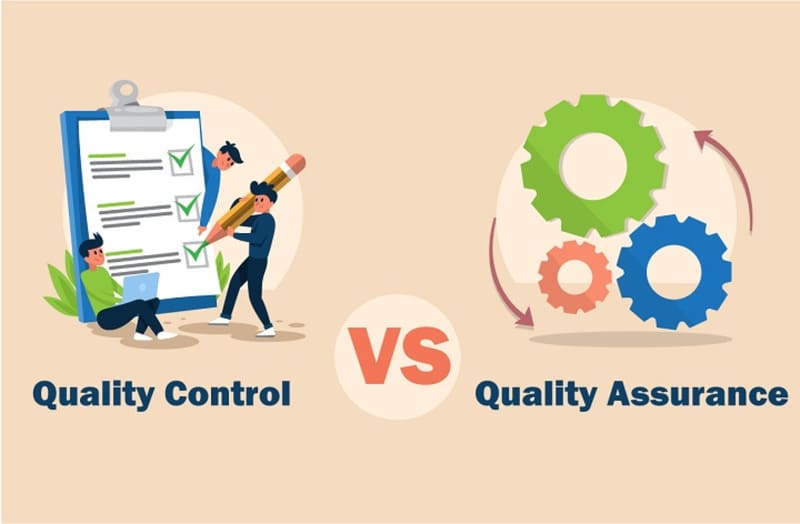In software development, Quality Assurance (QA) and Quality Control (QC) are often confused, but they serve different purposes. Understanding the distinction is critical to building reliable, high-performing products.
What is Quality Assurance (QA)?
QA is process-oriented. It focuses on preventing defects by improving the development and testing processes. QA teams define standards, create testing strategies, and ensure best practices are followed throughout the software lifecycle.
Goal: Build the product right from the start.
What is Quality Control (QC)?
QC is product-oriented. It involves detecting defects in the final product through testing and inspections. QC teams focus on validating deliverables and ensuring they meet functional and quality expectations.
Goal: Ensure the product works right before release.
Key Differences
- Focus: QA is proactive and preventive; QC is reactive and corrective.
- Timing: QA runs throughout the development cycle; QC happens after development or major milestones.
- Ownership: QA is everyone’s responsibility; QC is mainly the testing team’s responsibility.
Conclusion
QA and QC work best together. QA prevents issues by ensuring good processes, while QC catches defects that slip through. In 2025, businesses combining strong QA processes with effective QC practices deliver higher-quality, more reliable products to their customers.
